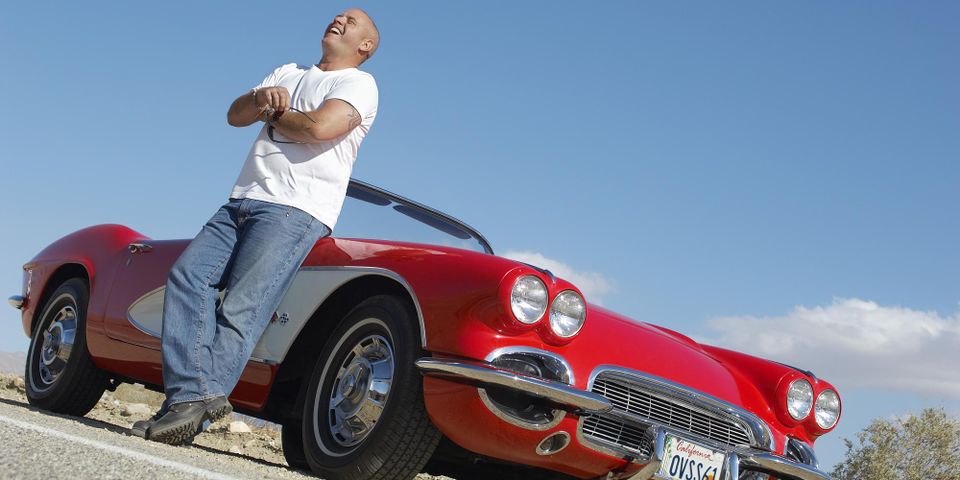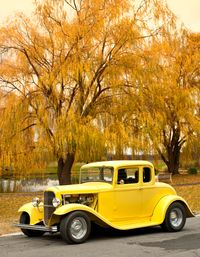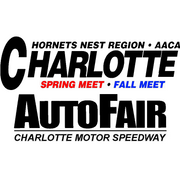
Antique cars are a unique piece of history, each with its own story and personality. Owners of classics know the value of their vehicle—both intrinsic and monetary—but many people don’t protect their investment properly. Here’s what you may be doing that could kill your antique car.
4 Ways to Kill an Antique Car
1. Non-Use
With most vintage items, the less use, the better. However, the opposite is true with cars. A classic car that sits in storage for several months or years without being driven is likely to present significant issues when you finally decide to take it on the road. Seals dry out and leak, gas spoils, batteries corrode, and tires get flat spots. Instead of keeping your car hidden away, drive it at least a few times a month and invest in preventive maintenance.
2. Improper Storage
 Many people store their classic vehicle over the winter to protect it from the elements. However, if you don’t store it properly, you could be doing more harm than good. Be sure to drain the fuel, use jack stands to prevent tire and wheel damage, and replace the antifreeze. Also, cover it with a cotton cloth that doesn’t touch the ground to prevent moisture from being trapped underneath. Finally, make sure the storage space is secure against rodents, which can chew wiring and upholstery and build nests.
Many people store their classic vehicle over the winter to protect it from the elements. However, if you don’t store it properly, you could be doing more harm than good. Be sure to drain the fuel, use jack stands to prevent tire and wheel damage, and replace the antifreeze. Also, cover it with a cotton cloth that doesn’t touch the ground to prevent moisture from being trapped underneath. Finally, make sure the storage space is secure against rodents, which can chew wiring and upholstery and build nests.
3. Old Tires
Tires get the most wear from day-to-day driving. Because most classic cars are not driven as frequently as their newer counterparts, owners may assume the tires will last longer. However, other factors can damage tires and render them unsafe to use, including dry rot, flat spots, and ultraviolet ray exposure. You may not even be able to tell the tires are risky with a visual inspection. Generally, tires last six to seven years at most. After that, change them to avoid potential hazards, such as a tire blowout, which could put you and your car at risk.
4. Bad Driving Habits
Dangerous driving is by far the riskiest for your vehicle. Always let your car warm up before driving. Not doing so can damage the engine. Once you’ve started the car and let it run for a moment, drive gently until it reaches the optimum temperature before increasing speed.
The Charlotte AutoFair is North Carolina’s premier antique car show. The three-day biannual fair attracts thousands of collector car owners, sellers, and enthusiasts. As the largest vintage auto show in the Southeast, it’s a must for all classics collectors. Call (704) 841-1990 to speak with a friendly staff member, or visit their website to learn more about the event and how to rent a space.
About the Business
Have a question? Ask the experts!
Send your question

